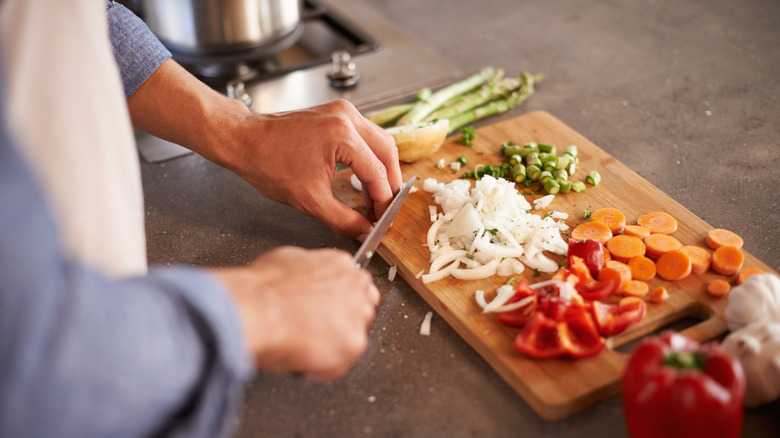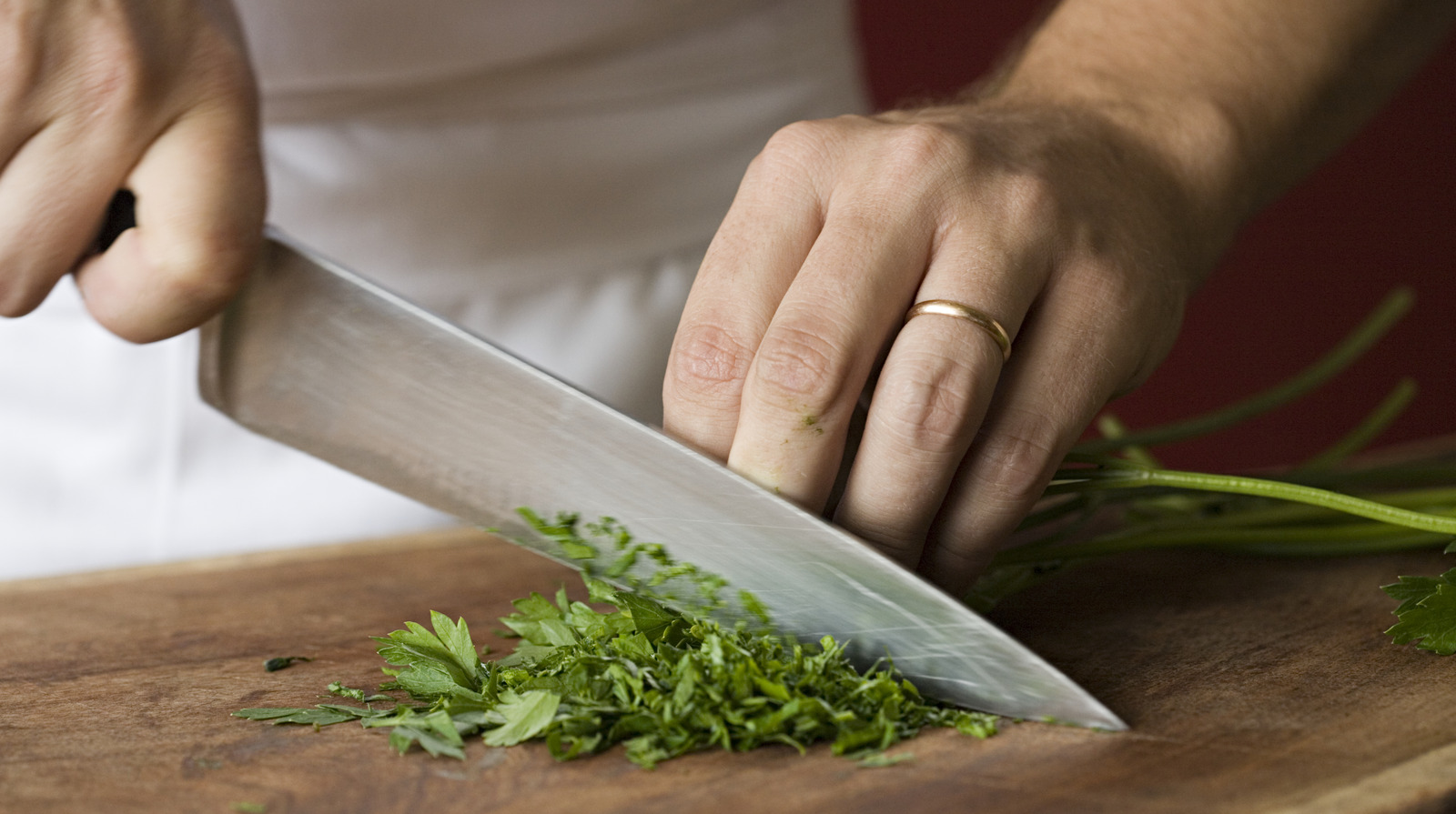Knowing when to replace cutting board is essential for every kitchen professional. A cutting board is an indispensable tool in any kitchen, serving as a safe and sanitary surface for chopping, slicing, and preparing various foods. However, over time, these boards can harbor bacteria, become damaged, or simply lose their efficacy. In this article, we will discuss the key signs that indicate it's time to replace your cutting board, factors to consider when choosing a new one, and maintenance tips to prolong its life.
Understanding the right moment to replace cutting boards can not only enhance food safety but also improve your culinary experience. Therefore, it is crucial for chefs to be knowledgeable about their tools, ensuring their kitchen is not just functional but hygienic.

Signs Your Cutting Board Needs Replacement
1. Deep Knife Marks and Gouges
Over time, cutting boards experience wear and tear. Accumulated cuts and grooves from knives can become a breeding ground for bacteria. If your board has deep knife marks that are hard to clean, it's time to consider replacing it. Bacteria can hide in these scratches, posing a risk to your food safety.
2. Warping and Cracking
A quality cutting board can last for years. However, if you notice warping or cracking of the surface, it could diminish its effectiveness. Wood boards, in particular, can warp when exposed to moisture or extreme temperatures. If left unchecked, warped boards can compromise food preparation. Check out this article on cutting board care tips for preventive measures.
3. Foul Odors
Unpleasant smells emanating from your cutting board are a sure sign that it may be harboring bacteria or has absorbed strong odors from foods. If washing and sanitizing don't eliminate the odors, it's time to replace your board. Strongly aromatic ingredients like garlic and onion can penetrate and linger in wooden boards.
4. Discoloration and Stains
For professionals working with a range of ingredients, it's common for cutting boards to accumulate stains. If your board has visible discoloration that persists despite cleaning, it may affect the quality of your food. A fresh board can significantly enhance your food presentation. Learn about choosing a good cutting board for your kitchen.
Factors to Consider When Replacing a Cutting Board
Material Matters
When considering a new cutting board, think carefully about the material. Various options include wood, plastic, bamboo, and glass, each with its pros and cons. For example, wooden boards are generally more knife-friendly and less likely to dull blades, while plastic boards are often easier to sanitize. A post on wood versus bamboo cutting boards provides insights into which material might suit your needs better.
Size and Thickness
When purchasing a new cutting board, consider its size and thickness. A larger board provides ample room for food preparation, while a thicker board is often more durable and resistant to warping. However, be cautioustoo large of a board might be unwieldy in a small kitchen space.
Ensure Hygienic Properties
Opting for a non-porous board can greatly minimize bacteria growth. Plastic boards can be sanitized easily, making them a popular choice among professionals. However, many chefs still prefer wooden boards for their aesthetic and practical qualities. A debate on plastic versus wooden boards is worth considering when you make your choice.
Maintenance Tips for Prolonging Board Life
1. Regular Cleaning
Regardless of the material, cleaning your cutting board after each use is crucial. Use hot, soapy water for plastic boards and a damp cloth for wooden boards. Avoid soaking wooden boards, as excessive moisture can lead to warping.
2. Sanitize Wisely
To maintain hygiene, consider using vinegar or hydrogen peroxide solutions to sanitize the surface. These methods are particularly effective for killing most bacteria. Always perform a thorough rinse afterward.
3. Oil Your Wooden Boards
For wooden boards, regularly applying food-grade mineral oil or beeswax can help maintain their finish. This acts as a barrier against moisture and can help prevent cracking and warping.
Frequently Asked Questions (FAQ)
1. How often should I replace my cutting board?
The lifespan of a cutting board depends on its material and usage. On average, you might need to replace it every 1-2 years or sooner if you notice signs of wear.
2. Can I put my wooden cutting board in the dishwasher?
No, it's not recommended. The heat and moisture can warp and crack the wood. Hand washing is best for maintaining wooden boards.
3. What is the safest cutting board material?
Plastic cutting boards are often considered safer due to their non-porous nature, which makes them easier to sanitize. However, wooden boards can also be safe if properly maintained.

Conclusion
Understanding when to replace cutting board is integral to maintaining a safe and efficient kitchen environment. By recognizing the signs of wear, selecting the appropriate materials, and implementing diligent maintenance, kitchen professionals can ensure that their cutting boards remain functional and hygienic. Investing time in board care not only protects your health but also enhances your culinary experience.
As an Amazon Associate, I earn from qualifying purchases.


























